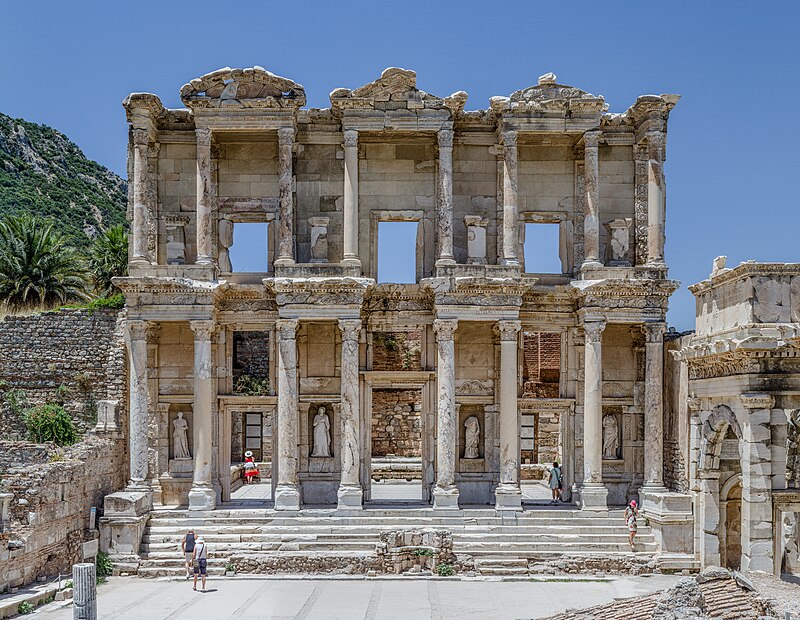In the liturgical calendar of 1970, this observance was combined with that of the Octave of Christmas, which already recalled the Motherhood of the Blessed Virgin Mary.
Theotokos of Vladimir.
In 428 Nestorius, originally a monk from Antioch, was made Patriarch of Constantinople (428-431). This eloquent and austere new Patriarch, his first Christmas as shepherd of the Imperial capital, preached that Mary was not the Mother of God! Behold, the Nestorian heresy. He, and the Nestorian heretics, claims that Christ is not actually God, but God only dwells in him as “in a temple” or “a garment.” Thus, there are two persons in Christ – and Mary was only mother of the human person, not the divine. Thus, she is not Mother of God, but only Mother of Christ! This caused quite the stir in the area, as you might imagine. A lawyer actually interrupted his homily in the Cathedral, and Nestorius would be faced down by a fellow bishop on the next feast of the Annunciation the following Spring.
Copies of these homilies reached the Patriarch of Alexandria, St. Cyril (Successor of St. Mark from 412-444AD), in 429, and St. Cyril immediately condemned the ideas and reported them to the pope, St. Celestine I (Successor of St. Peter from 423-432). Nestorius, for his part, appealed to the Eastern Roman Emperor, Theodosius II (Reigned, 408-450). The Pope, agreeing with St. Cyril, condemned the teaching of Nestorius, and threatened to depose him. Nestorius, for his part, persisted, and this with the encouragement of Patriarch John of Antioch (Successor of St. Peter in Antioch from 428-442).

Ephesus today: the Library of Celsus.
[By Benh LIEU SONG - Own work, CC BY-SA 3.0, https://commons.wikimedia.org/w/index.php?curid=15578063]
The Emperor, Theodosius II, hoping to find a solution, summoned a general council – the Third – at Ephesus which met in 431. St. Augustine was actually invited, but he had died by the time the invitation arrived. After a delay, owing to the absence of John of Antioch, the council finally opened in the blazing heat of June 431, with Cyril of Alexandria presiding as legate of the Pope. The Council carefully read the teachings of Nestorius, and quickly condemned them. Nestorius himself was given three warnings to arrive and answer, but he refused, and was deposed as Patriarch of Constantinople. The Council unanimously declared that Mary was, indeed, Theotokos! Torch-lit processions and celebrations met the declaration in Ephesus.
A more thorough account of the Council can be found here: Old Catholic Encyclopedia: Council of Ephesus
Today, then, of all days, it is a joy to affirm that Jesus Christ is one person with two natures, human and divine, and that his Holy Mother, the Blessed Virgin Mary, is most certainly the Mother of God!
St. Mary, Mother of God, pray for us sinners, now and at the hour of our death!
Live well!
No comments:
Post a Comment